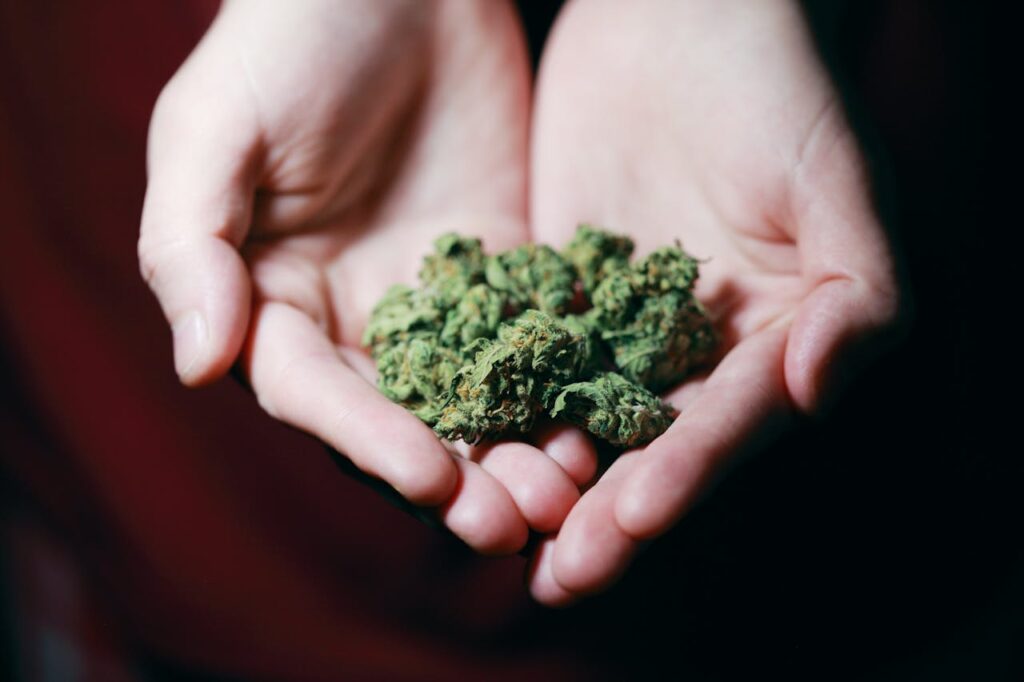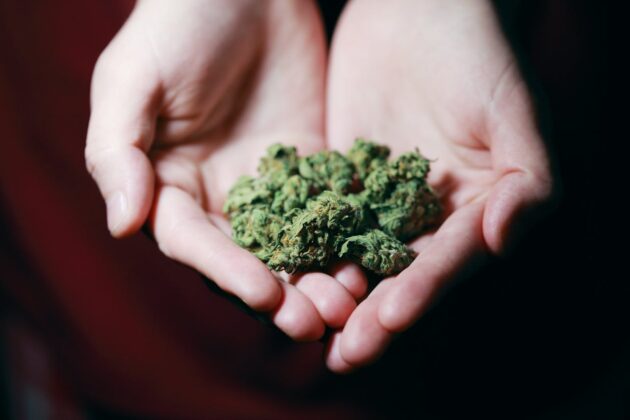
The Blue Coma Strain has emerged as a captivating subject of discussion among plant enthusiasts and cultivators alike. This strain embodies a unique blend of characteristics that set it apart in various cultivation landscapes. Delving into the intricacies of the Blue Coma Strain reveals not only its distinctive traits but also the broader implications it holds for sustainable and innovative cultivation practices.
Table of Contents
Origins and Heritage
The genesis of the Blue Coma Strain is rooted in a meticulous selection process aimed at blending resilience with aesthetic appeal. Originating from a lineage that prioritizes both strength and visual splendor, breeders meticulously chose parent strains that would contribute to its robust nature and vibrant appearance. This careful orchestration ensures that each iteration of the Blue Coma Strain maintains a high standard of quality and performance.
Historically, the development of such strains reflects a broader trend towards creating plants that are not only functional but also visually striking. The Blue Coma Strain stands as a testament to this trend, showcasing how selective breeding can enhance both the utility and beauty of a plant. This heritage provides a foundation for understanding the strain’s enduring popularity and its potential for future innovations.
Cultivation Insights
Cultivating the Blue Coma Strain demands a nuanced approach that balances traditional methods with modern techniques. Indoor cultivation enthusiasts appreciate this strain for its adaptability to controlled environments, where factors such as lighting, temperature, and humidity can be precisely managed. This control facilitates optimal growth conditions, leading to healthy plants and impressive yields.
For outdoor cultivators, the Blue Coma Strain offers a resilient option that can thrive in diverse climates. Its inherent toughness against pests and environmental stressors reduces the need for excessive interventions, promoting a more natural cultivation process. By integrating sustainable practices like organic fertilization and water-efficient irrigation systems, cultivators can enhance the strain’s growth while minimizing environmental impact.
Aesthetic and Functional Attributes
One cannot overlook the striking visual appeal of the Blue Coma Strain. Its vibrant hues and intricate textures make it a standout in any setting, whether displayed in a personal collection or utilized in broader applications. This aesthetic allure is complemented by its functional benefits, which cater to a wide range of preferences and needs.
The Blue Coma Strain exudes a distinctive aroma that adds to its overall sensory experience. This pleasant fragrance is accompanied by balanced effects that provide a sense of relaxation and well-being, making it suitable for various occasions. Whether integrated into specialized products or enjoyed in personal settings, the strain delivers consistent and reliable outcomes that enhance its desirability.
Innovative Applications
In today’s dynamic landscape, the Blue Coma Strain finds relevance across multiple contexts, underscoring its versatility and adaptability. Its balanced properties make it a valuable component in innovative products, ranging from personal care items to artisanal creations. This adaptability not only broadens its market appeal but also fosters creativity among producers and users.
Moreover, the Blue Coma serves as a catalyst for discussions around quality and innovation within the cultivation community. Its presence encourages continuous exploration and improvement, driving advancements that benefit both cultivators and consumers. By embracing the unique attributes of the Blue Coma Strain, creators can develop products that stand out in a competitive market, while users enjoy the enhanced experiences these products offer.
Commitment to Sustainability
Sustainability remains a paramount consideration in the cultivation of the Blue Coma Strain. Efforts to minimize environmental impact are integral to its cultivation strategy, emphasizing resource optimization and eco-friendly practices. Techniques such as water conservation, the use of renewable energy sources, and organic farming methods are pivotal in promoting a sustainable cultivation process.
The resilience of the Blue Coma Strain plays a crucial role in these sustainability efforts. Its ability to withstand common pests and environmental challenges reduces the reliance on chemical interventions, fostering a more balanced and natural growth environment. This commitment to sustainability not only benefits the environment but also ensures the long-term viability and health of the strain.
Future Horizons
Looking forward, the Blue Coma Strain holds significant promise for continued growth and innovation. Ongoing research and development efforts aim to uncover new variations and enhancements, further solidifying its position in the cultivation landscape. These advancements are expected to address emerging demands and preferences, ensuring that the strain remains relevant and highly sought after.
Expanding the reach of the Blue Coma Strain across different regions presents new opportunities for its application and appreciation. As awareness grows, so does the potential for its integration into a wider array of products and practices. The future of the Blue Coma Strain is bright, with endless possibilities for expansion and refinement that will cater to an evolving market.
Conclusion
The Blue Coma Strain embodies a harmonious blend of heritage, quality, and adaptability. Its distinctive characteristics and balanced benefits make it a remarkable choice for diverse applications and settings. As cultivation practices continue to evolve, the Blue Coma Strain stands as a beacon of thoughtful development and enduring appeal, offering both cultivators and users a rewarding and enriching experience.
Q&A
Q: What distinguishes the Blue Coma Strain from other plant strains in terms of cultivation?
A: The Blue Coma Strain is renowned for its adaptability to both indoor and outdoor environments. Its resilience to pests and environmental stresses makes it easier to cultivate with fewer interventions, ensuring healthier plants and more consistent yields.
Q: How does the Blue Coma Strain contribute to sustainable cultivation practices?
A: This strain’s natural resilience reduces the need for chemical pesticides and excessive water usage. By thriving with organic fertilizers and sustainable farming methods, it promotes an eco-friendly cultivation process that minimizes environmental impact.
Q: In what ways can the Blue Coma Strain be utilized beyond traditional cultivation?
A: Beyond cultivation, the Blue Coma Strain can be integrated into a variety of innovative products, such as personal care items, artisanal crafts, and even botanical applications. Its balanced properties enhance the functionality and appeal of these products, making it a versatile component in creative endeavors.
Q: What future developments are anticipated for the Blue Coma Strain?
A: Future developments may include the creation of new variations through selective breeding, aimed at enhancing specific traits such as color vibrancy or growth efficiency. Additionally, research into its applications could lead to broader uses in different industries, expanding its market presence and utility.
Q: Can the Blue Coma Strain be considered a sustainable choice for both novice and experienced cultivators?
A: Absolutely. Its ease of cultivation and minimal maintenance requirements make it an excellent choice for novices, while its robust characteristics and potential for innovation appeal to experienced cultivators seeking reliable and versatile strains.
